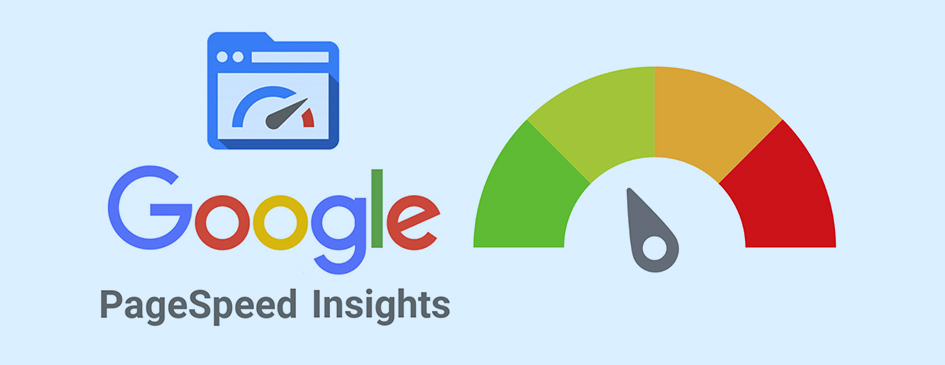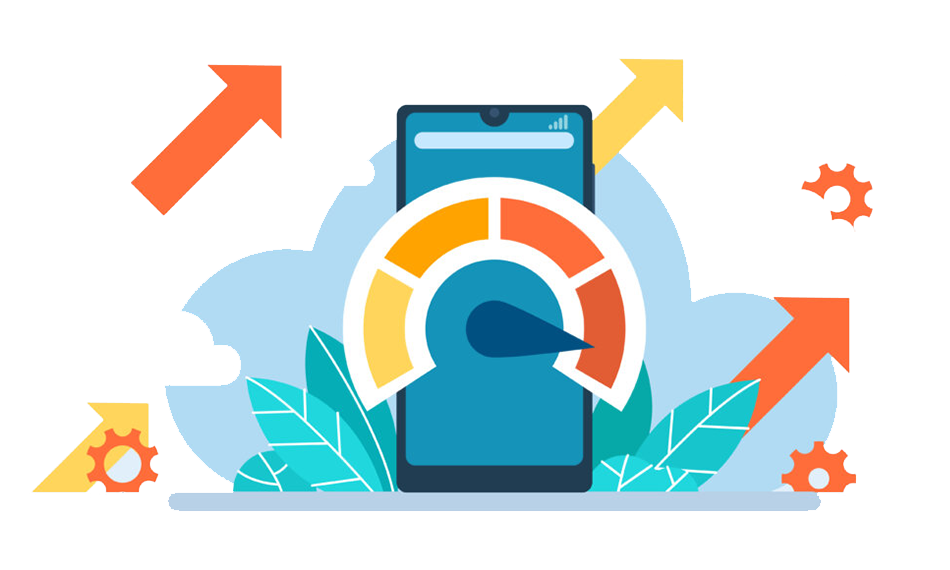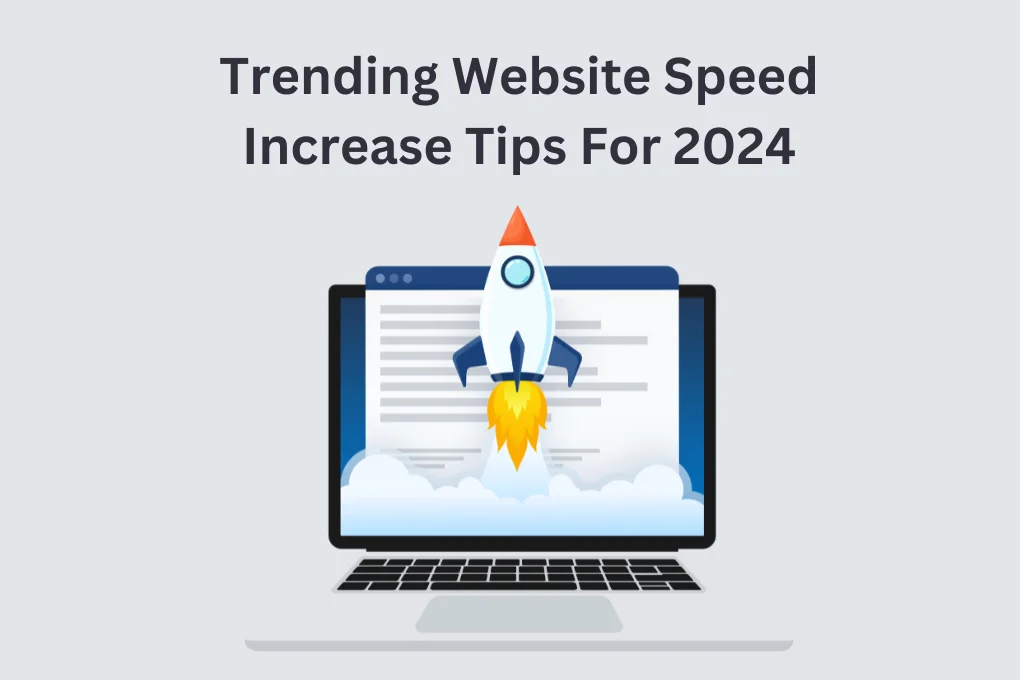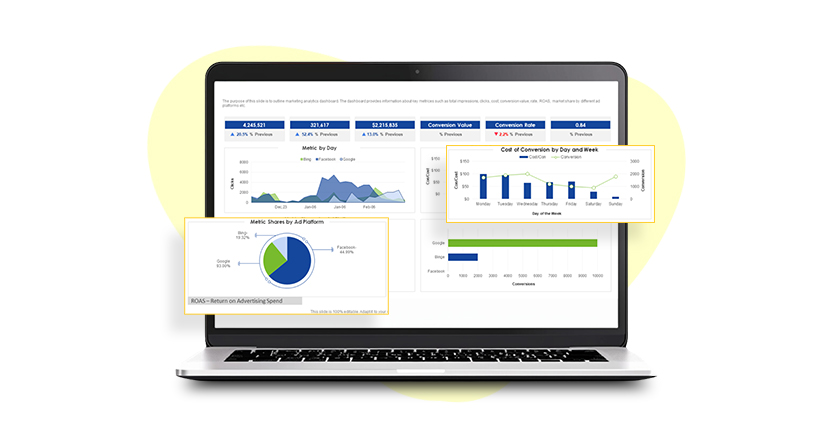TL;DR: Google PageSpeed Insights (PSI) is an open framework that evaluates the performance of your web pages. This is not just a simple website performance analysis testing tool, but also provides genuine and in-depth recommendations for website speed optimization. This comprehensive guide will help you in how to use Google PageSpeed Insights for analyzing your website performance and reading the analytics that PSI provides.
You’ve spent hours perfecting your website with an attractive design and high-quality content. But here’s the harsh reality: if it’s slow, it’s failing. No matter how perfect your code and website design, if its loading speed is slow, then you are far from the race of ranking in search engines.
In the modern mobile-first and fast-paced world, a 3-second delay in page load time can mean the difference between a loyal customer and a lost one. Website speed directly impacts SEO rankings and conversions.
This is where the Google PageSpeed Insights tool comes into play. It is not only a simple speed checker, but your guide to improved performance, higher rankings, and more satisfied users. In 2025, this tool delivers excellent results for users and developers. It uses the real-time user data and Google’s Lighthouse technology to report website analytics and top-notch recommendations, which you can use to improve website loading speed and SEO rankings.
So, it’s time to decode the numbers, fix slow website issues, and accelerate things for good.Understand this complete guide on Google PageSpeed Insights and know how to use it and fix errors.
What is Google PageSpeed Insights?

Google PageSpeed Insights (PSI) is an open framework that evaluates the performance of your web pages. It measures load speed, responsiveness, stability, content, and more on both mobile and desktop. Instead of merely presenting a figure, it offers diagnostics, recommendations, and practical suggestions to resolve the issues.
It is a part of Google as a whole, towards a faster and more convenient web experience, simply because speed is no longer a comfort option. It directly affects SEO, conversion rates, and user experience.
Google PageSpeed Insights analyzes your website from two perspectives- desktop performance and mobile performance. And for more accurate results, PSI uses performance analytics and real-world data from both Chrome users. This intricacy makes this tool more reliable for website performance analysis and optimization.
Why Does Page Speed Matter in 2025?

Studies say that a delay of just 1 second in page load time can result in a 7% reduction in conversions. Another study suggests that Amazon loses $1.6 billion per year from just a 1-second slowdown.
This explains the importance of website speed nowadays. And the fact of 2025 is that most of the traffic on websites is coming from mobile devices, leading to an increase in the expectations of users. They don’t want to wait and want to load a website in less than 2-3 seconds. This has increased the importance of page speed to maintain the UX of websites.
Slow page speed can hurt different aspects, such as:
1. SEO Rankings
Page speed is directly related to SEO rankings, as Google measures the speed and responsiveness of the website as a major ranking factor. Thus, you need to provide the relevant information to the user as quickly as possible.
2. User Engagement
A slow-loading website is annoying for the user and can also provoke them to leave immediately. First impressions are important for the user, as it becomes a perception that a site that loads faster is professional, reliable, and trustworthy. Thus, to fulfill the user expectation, site speed is a vital factor.
3. Conversion Rate
Well, you must have heard that first impressions are the last impression. The same stands for the websites. The user will not return to that site again if they face any issues on the website. Seconds of delay can result in the loss of valuable customers, which will directly affect your conversion rate.
4. Mobile Experience
Mobile users’ expectations for site speed are higher than desktop users. Mobile users are more likely to leave a site if it takes more than 3 seconds. Fast loading time makes the mobile users’ experience smooth and enjoyable, increasing traffic and conversions.
PageSpeed Insights Scores- What Does it Measure?

PageSpeed Insights gives a score between 0 to 100. Between 90 to 100 means your site is well optimized and working well. You can just maintain that by regular monitoring of your website. A score between 50 to 90 means that your site needs improvements and there are chances to optimize. And lower scores than 50 denoted the poor performance of a site.
Moreover, PSI displays two separate scores, one is the mobile speed Score and the other is the desktop speed score. This is how you can analyse your website performance on both devices. Mobile speed score is usually lower than that of the desktop, as mobile devices have weak networks and some device limitations. However, chasing a 100 out of 100 score should not be your goal; rather, you should work on speed, responsiveness, and user experience of your site.
Core Web Vitals in Google PageSpeed Insights

PSI measures the score based on the following Core Web Vitals metrics:
First Contentful Paint (FCP)
It is a performance metric that measures the speed and time it takes to load the first piece of content. It plays an important role in improving your Google PageSpeed Insight performance score.
Speed Index
Speed is another primary factor on which website performance is measured. It justifies the responsiveness of the website.
Total Blocking Time (TBT)
It is the duration of the site blocking the main thread while loading the content of the site. The long blocking time impacts the user’s interaction with the site and measures the unresponsiveness of the website.
Largest Contentful Paint (LCP)
It is the key Core Web Vital metric that measures the time it takes for the largest above-the-fold content to load. Above the fold content is what you see first on a website without scrolling.
Cumulative Layout Shift (CLS)
It measures the unexpected layout shifts that occur in a site while it is loading. It measures the visual stability of a website.
How to Use Google PageSpeed Insights
Using PSI in 2025 is easy and effective to measure the genuine performance of your website. Here are the simple steps to use Google PageSpeed Insight.

Step 1: First, go to the Google PageSpeed Insights website on the search engine or simply click the URL https://pagespeed.web.dev/.

Step 2: Enter your page’s or website’s URL that you want to test in the search bar and hit “Analyze.”
1. PSI will generate a detailed report, showing:
- Performance score for both mobile and desktop.
- Core Web Vitals metrics analytics.
- Areas of opportunity and strategies for optimization.
- The Lighthouse performance report with actionable recommendations.
Pro tip: Always focus on mobile speed score first. Google uses mobile-first indexing, so your mobile performance heavily influences your ranking.
Google PageSpeed Insights Report Explained
The PSI report has different sections, which are as follows:
1. Performance Score
This section gives you the overall performance and speed score of your website. The performance on mobile devices and desktops is different due to device limitations. Thus, this report separately shows performance scores for mobile and desktop.
2. Field Data
This section contains real-world user data that is taken from the Chrome UX report. This measures the actual user experience of your site, which is useful for understanding the real-world performance.
For example, if you open your site on your browser, it may load quickly as your browser has stored the cached version of your site content. While on the user’s browser, the site is opening for the first time, showing the genuine user experience.
3. Lab Data
This is the simulated analysis from Lighthouse, which includes metrics of:
- Speed Index
- First Contentful Paint
- Time to Interactive
- Total Blocking Time
4. Opportunities
This is the golden section for you, as it provides the suggestions and areas of opportunity in your website. PSI gives suggestions like image optimization for increased speed and eliminating render-blocking resources. Each recommendation comes with the estimated loading time saved in each action.
5. Diagnostics
This section will provide deep insights into scripts, CSS, and other technical areas, which you can fix for deeper optimization. Basically, it’s the diagnostic center of your website, which you can consider when you are done with first aid (basic optimization methods like image optimization).
6. Passed Audits
In this section, you can review the areas in which your website is performing well.
PageSpeed Insights Common Errors and How to Fix Them
One of the best parts of PSI is that it doesn’t just inform you of what is wrong – it gives you how to fix slowness issues with websites. Let’s review a few common calls and fixes.
1. Optimize Images for Speed
- Use next-gen formats like WebP or AVIF for your images as they efficiently compress your images without losing quality.
- Whatever tool you use, such as TinyPNG or Squoosh, when compressing an image, it should be the smallest file possible without loss of quality.
- Serve responsive images, depending on the device. Optimize your web images separately for different devices.
2. Eliminate Render-Blocking Resources
- Combine or defer CSS and JavaScript that are non-critical.
- Use critical CSS inlining for above-the-fold content.
- Use the script attributes correctly, including async and defer.
3. Minimize Server Response Times
- Have a faster hosting provider.
- Use caching (browser caching and server-side caching).
- Consider a Content Delivery Network (CDN).
- Optimize your database and server configuration.
4. Utilize Browser Caching
Cache any and everything, such as images, CSS, and JS files, so that browsers don’t have to download them again.
5. Minify CSS, JavaScript, and HTML
Minimize file sizes by removing unnecessary characters and spaces in your code.
6. Remove Unused JavaScript
Check to see if libraries, frameworks, or plugins are being used and remove all unused files. You should do this regularly for stable optimization.
7. Preload Critical Assets
Ensure that the critical fonts and scripts load faster. For example, focus on your above-the-fold content.
8. Lazy-Load Images and Videos
You don’t have to load images and videos until they’re on screen, as this can increase your initial load speed. Use lazy loading for your images and videos for a smooth user experience.
Does PageSpeed Score Affect SEO?
YES. Google has clarified that page or website speed is the key ranking factor. It is more significant since 2021, as the Core Web Vitals became the official part of the ranking algorithm of Google.
That means poor performance could be holding your site back, even if your content is amazing. I mean, what’s the point of testing users’ patience and making them wait to see your amazing content? So, it’s vital to improve your speed first to provide your intended message to the user.
Common Myths About Google PageSpeed Insights
1. My site must score 100 to rank on Google
→ False. Speed is a ranking factor, but it’s one of many. Content quality and relevance matter just as much. So, it is good to focus on the betterment of your website rather than chasing the 100 out of 100.
2. Desktop speed score is more important than the mobile speed score
→ False. Google uses mobile-first indexing to rank websites, so prioritize mobile speed. The mobile user base is drastically increasing, and mobile devices have slower network speeds than desktops, so it’s important to focus on mobile optimization.
3. A single PSI test is enough!
→ False. Test multiple pages and monitor consistently, as performance can vary by device, network, or location. It is good to test your website after optimization, so you can compare your progress.
Final Thoughts
In 2025, speed matters a lot for websites, not only for user experience but also for thriving in Google rankings. No matter how excellent you’ve designed your website and how engaging your content is. If the website speed is slow, then you are out of the search engine page results.
Google PageSpeed Insights is your modern solution for diagnosing and even improving your site performance.
You can use PSI for regular website performance analysis and to improve website loading speed. It helps you to fix slow website issues by providing the Core Web report, diagnostic report, and optimization strategies for your website. Follow its recommendations and improve website loading speed to grow your business.















































